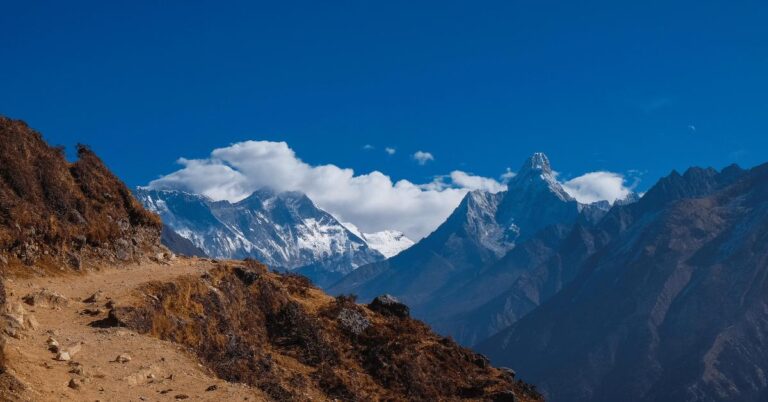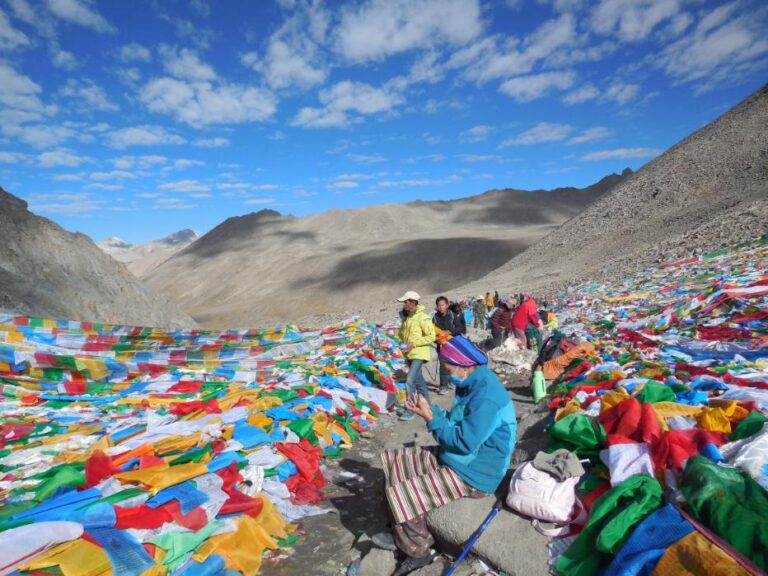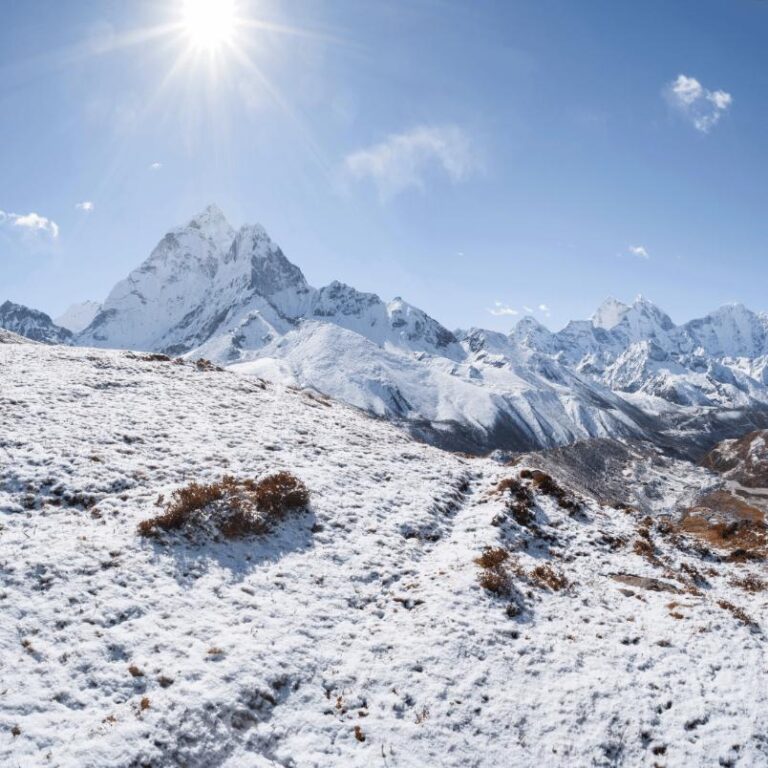
Table of Contents
Introduction to Tips for the Everest Base Camp Trek
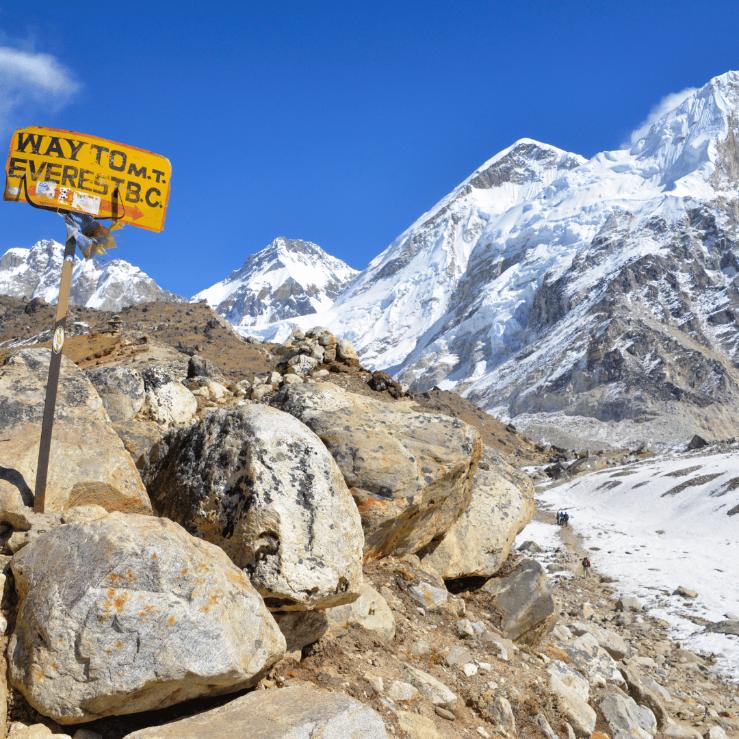
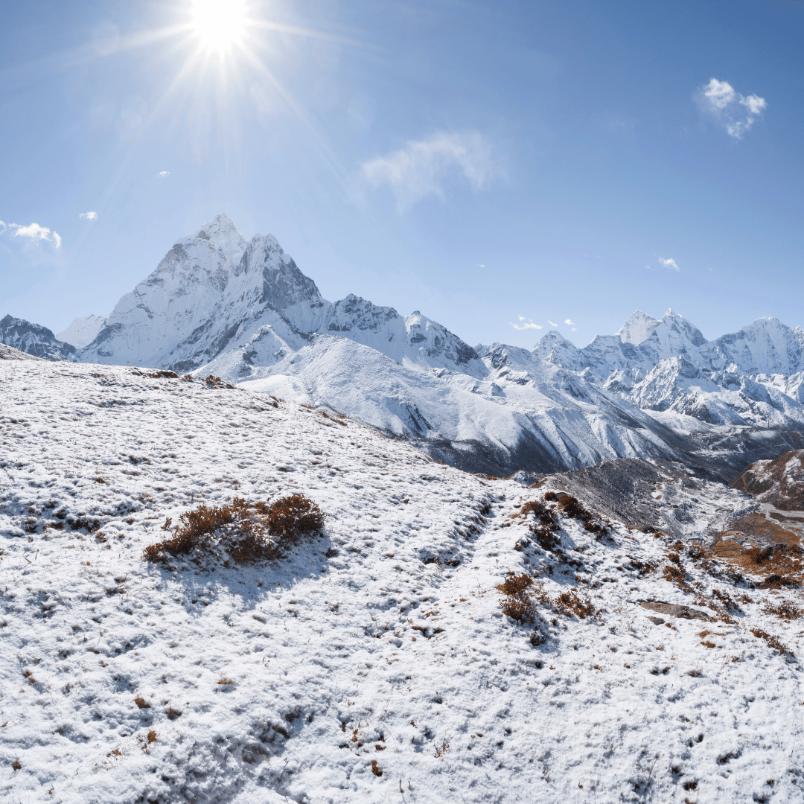
For the Tips for the Everest Base Camp Trek, we will explore this once-in-a-lifetime adventure that offers breathtaking views, challenging terrain, and an opportunity to immerse yourself in the rich culture of the Himalayas. So, beginning this trek without proper preparation can lead to discomfort, health risks, and even failure to reach your goal. In this article, we will share 10 essential tips for the Everest Base Camp Trek—successful and safe tips that will lead to a smooth journey to Everest Base Camp.
Before we dive into the tips for the Everest Base Camp Trek, let’s take a moment to understand the significance of being well-prepared for this trek. The Everest Base Camp Trek is a physically demanding expedition that takes you to an altitude of over 5,000 meters (16,500 feet). It requires stamina, mental resilience, and careful planning to overcome the challenges that come with high altitudes, unpredictable weather conditions, and rugged terrain.
By following these 10 tips for the Everest Base Camp Trek, you can ensure that you are physically and mentally prepared for the journey ahead. From acclimatization and altitude sickness prevention to proper gear selection and cultural etiquette, each tip plays a crucial role in making your trek safe and enjoyable.
So whether you’re a seasoned adventurer or a first-time trekker, these tips for the Everest Base Camp Trek will provide you with the knowledge and guidance needed to conquer the Everest Base Camp Trek. Let’s get started on this incredible journey together!
1. Acclimatization and Altitude Sickness Prevention
Acclimatization is one of the most important tips for the Everest Base Camp Trek. It helps your body adjust to the high altitude and lower oxygen levels, reducing the risk of altitude sickness, which can be very dangerous. Here are some important things to know about acclimatization and how to prevent altitude sickness:
Why is acclimatization important?
When you ascend to higher altitudes, the air becomes thinner and contains less oxygen. Your body needs time to adapt to these changes, and that’s where acclimatization comes in. It allows your body to make physiological adjustments that help it function better at high altitudes.
Key Acclimatization Points
During the Everest Base Camp Trek, there are two main places where you’ll acclimatize:

- Namche Bazaar: This is a popular resting spot located at 3,440 meters (11,286 feet). It is a good idea to spend a couple of nights here to gradually get used to the increasing altitude. Namche Bazaar has all the necessary facilities, like lodges, restaurants, and shops, making it an ideal place for acclimatization.
- Lukla: Before starting the trek to Everest Base Camp, you’ll spend a night in Lukla, which is situated at 2,860 meters (9,383 feet). This extra day in Lukla allows your body to adjust better before you start climbing higher.
Tips for Preventing Altitude Sickness
Altitude sickness can affect anyone, regardless of age or fitness level. To reduce the risk of getting sick from high altitude, follow these guidelines:
- Ascend gradually: Don’t rush your climb. Take it slow and give your body enough time to adapt to each new altitude.
- Stay hydrated: Drink plenty of fluids (at least 3–4 liters per day) to stay hydrated at high altitudes. Avoid excessive caffeine and alcohol, as they can contribute to dehydration.
- Take regular breaks: During the trek, make it a point to take short rest breaks every 1-2 hours. This allows your body to rest and recover from the physical exertion.
- Eat well: Maintain a balanced diet with enough carbohydrates and calories to fuel your body. Avoid heavy meals that are hard to digest.
- Consider medication: Some people may benefit from taking medication like Diamox (acetazolamide) to prevent altitude sickness. Talk to your doctor about whether this is a good option for you.
Remember, acclimatization is not a guarantee that you won’t get altitude sickness, but it certainly reduces the risk. Listen to your body and pay attention to any symptoms you may experience. If you start feeling unwell, it’s important to descend to a lower altitude and seek medical help if needed.
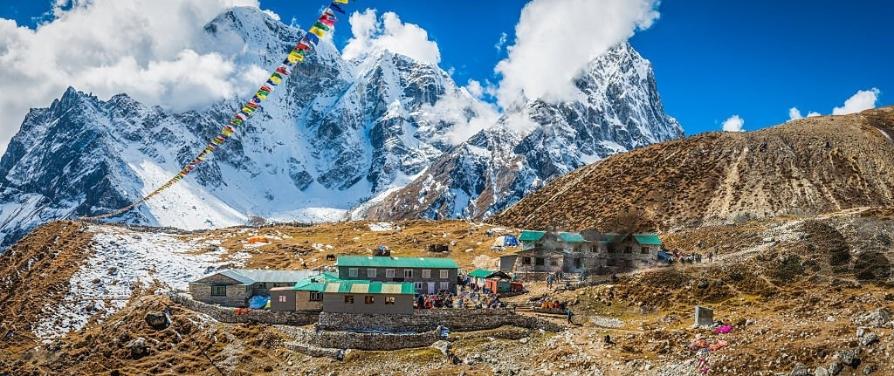
By following these tips and allowing your body adequate time to acclimatize in Namche Bazaar and Lukla, you can minimize the risk of altitude sickness and increase your chances of a successful trek to Everest Base Camp.
2. Physical and Mental Preparation
Physical fitness and mental resilience are crucial for a successful Everest Base Camp trek. The challenging terrain, high altitude, and long hours of walking require your body to be in good shape and your mind to be prepared for the journey ahead. Here are some essential tips for physical and mental preparation:
- Physical Training: Prioritize cardiovascular exercises like running, hiking, or cycling to improve your endurance. Incorporate strength training exercises such as squats, lunges, and core workouts to build muscle strength. Aim for a consistent exercise routine at least three months before your trek.
- Altitude Training: If possible, consider spending time at high altitudes prior to your trek to help your body acclimatize better. You can plan short hikes or climbs at lower altitudes or use simulated altitude training equipment.
- Mental Preparedness: Understand the mental challenges that may arise during the trek. Develop strategies to stay motivated and focused on the journey. Practice mindfulness techniques or meditation to cultivate mental resilience.
- Practice Treks: Plan shorter treks in your local area to get a feel for walking long distances with a backpack. It will help you assess your fitness level and make necessary adjustments before the Everest Base Camp Trek.
Remember that physical and mental preparation go hand in hand. Stay disciplined with your training regimen, listen to your body, and be adaptable throughout the process. These are the prime tips for the Everest Base Camp Trek. With adequate preparation, you will enhance your chances of having a successful and enjoyable trek to Everest Base Camp.
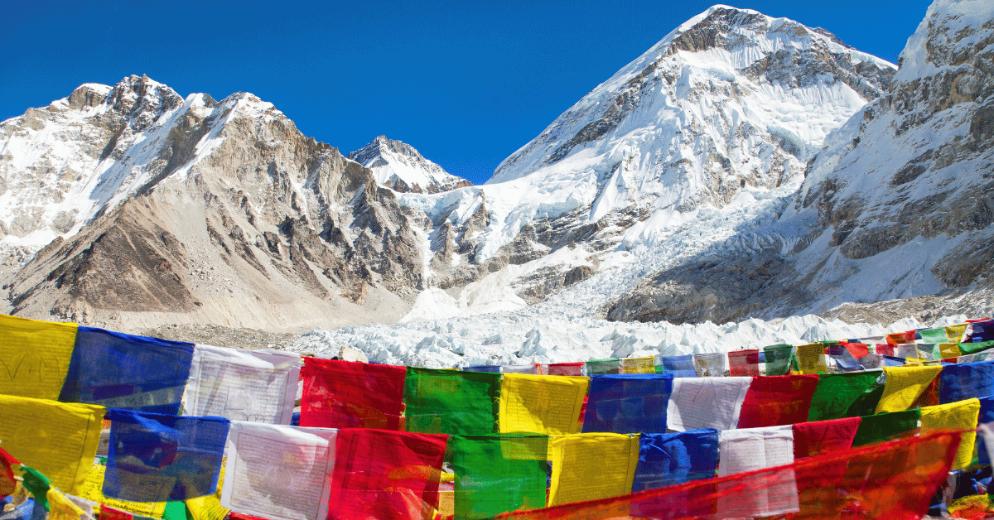
3. Essential Gear for the Trek
When planning and accumulating tips for the Everest Base Camp Trek, having the right gear is crucial for your comfort and safety. Here are some essential items to pack:
- Sturdy Waterproof Trekking Boots: Invest in high-quality, waterproof trekking boots that provide ankle support and have a good grip for varied terrain.
- Warm Down Jacket: A warm down jacket is essential for the chilly temperatures you’ll encounter at higher altitudes. Look for one that is lightweight and easily packable.
- Water Bladder: Staying hydrated is key, so bring a water bladder to conveniently sip water while on the move.
- High SPF Sunscreen: Protect your skin from the intense mountain sun with a high SPF sunscreen to prevent sunburn.
In addition to these key items, don’t overlook other important gear such as trekking poles for stability, a headlamp or flashlight, and a first aid kit tailored to high-altitude trekking challenges. These should be major tips for the Everest Base Camp Trek. Ensuring you have all the necessary gear will contribute significantly to a safe and enjoyable trekking experience.
4. Hydration and Nutrition at High Altitude
Staying properly hydrated and maintaining good nutrition is crucial when trekking at high altitudes. The harsh mountain environment can cause dehydration and affect your body’s ability to function optimally. Here are some essential tips for hydration and nutrition during your Everest Base Camp trek Everest Base Camp Trek:
Hydration at Altitude
- Drink plenty of water throughout the day to stay hydrated. The average recommended water consumption is 4–5 liters per day.
- Carry a water bladder or Nalgene bottle for easy access to water while trekking.
- Refill your water bladder or bottle during lunch breaks to ensure you have enough water for the rest of the day.
Nutrition at High Altitude
- Consume a well-balanced diet that includes carbohydrates, proteins, and healthy fats.
- Eat foods rich in nutrients, such as fruits, vegetables, nuts, and whole grains.
- Include energy-rich snacks like trail mix, energy bars, and dried fruits for quick boosts of energy.
- Avoid heavy meals that may be difficult to digest at high altitudes.
It’s important to note that altitude can affect your appetite, so make sure to eat even if you don’t feel hungry. This is one of the main tips for the Everest Base Camp Trek. Listen to your body and fuel it with the necessary nutrients to sustain your energy levels throughout the trek.
By staying properly hydrated and nourished, you’ll have the energy and stamina needed to tackle the challenging terrain and enjoy the breathtaking views along the way.
5. Pace, Rest, and Energy Management
Maintaining a slow and steady pace is one of the vital tips for the Everest Base Camp Trek. It helps in preventing fatigue and overexertion, allowing your body to acclimatize effectively to the high altitude. Regular rest breaks are equally important to conserve energy and manage the heart rate during the trek. By pacing yourself and taking breaks, you can ensure that your body adjusts to the changing altitude and terrain without being overwhelmed.
Managing your heart rate by staying within your target zone will help you avoid exhaustion and altitude sickness. Additionally, conserving energy through proper pacing and rest will enable you to enjoy the breathtaking journey and make the most of your Everest Base Camp experience.
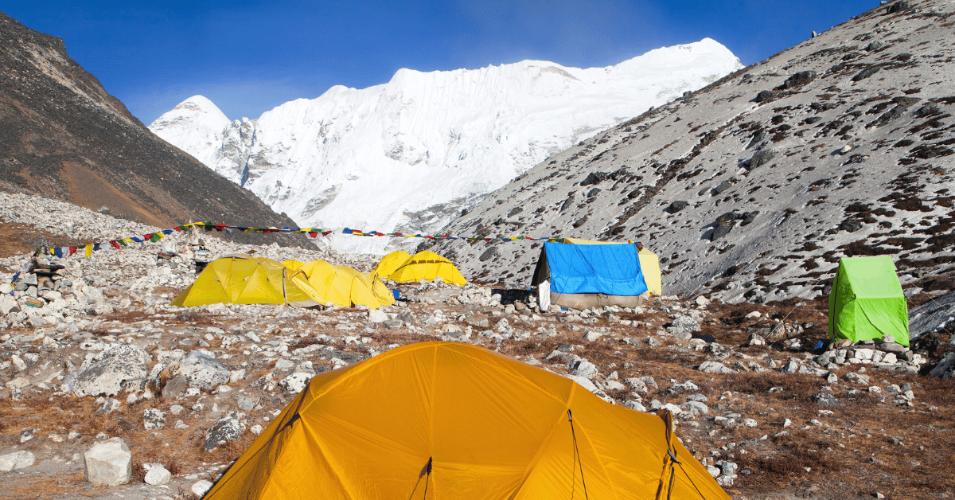
6. Cultural Etiquette and Engagement
The Everest Base Camp Trek offers a unique opportunity to immerse yourself in the local culture and connect with the communities along the way. Here are some essential tips for cultural etiquette and engagement:
- Respect Local Customs: It’s crucial to respect the traditions and customs of the local Sherpa communities. Simple gestures, such as greeting locals with “Namaste” and adopting modest clothing, can go a long way in showing respect.
- Engage Meaningfully: Take the time to interact with the local people, showing genuine interest in their way of life. Engaging in conversations and asking respectful questions can create memorable connections.
- Offer Learning Materials: Consider bringing along educational materials, such as books, pens, or notebooks, as gifts for local children. This not only supports their education but also fosters goodwill within the community.
By embracing cultural sensitivity and actively engaging with the locals, you can enrich your trekking experience. This is one of the vital tips for the Everest Base Camp Trek, while also contributing positively to the communities you encounter.
7. Being Mindful of Environmental Impact
One important aspect of responsible trekking is minimizing our environmental impact. We can do this by:
- Encouraging trekkers to minimize their environmental footprint through responsible practices such as proper waste disposal and sticking to designated trails.
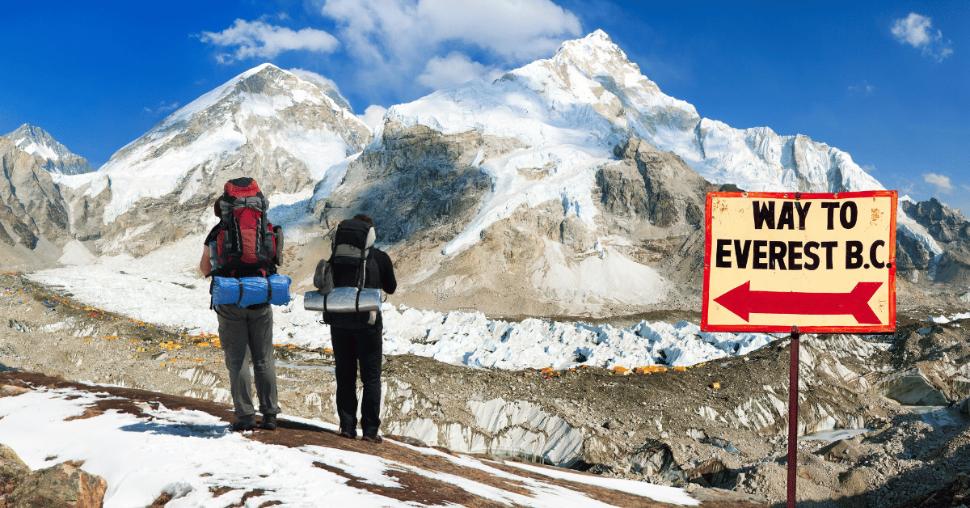
8. Dealing with Weather Challenges
The Everest Base Camp trek is known for its unpredictable weather conditions, which can pose challenges for trekkers. It is important to be prepared for a wide range of weather scenarios and to maintain flexibility in your itinerary to account for changing conditions. This is again one of the vital tips for the Everest Base Camp Trek.
Here are some tips for dealing with weather challenges:
- Stay updated: Keep an eye on the weather forecast before and during your trek. Be aware of any potential storms or adverse weather conditions that may affect your route.
- Pack appropriately: Dress in layers to be prepared for both cold and warm weather. Carry a waterproof jacket and pants to protect yourself from rain or snow. Don’t forget to bring a hat, gloves, and sunglasses to shield yourself from the sun’s rays.
- Follow the advice of your guide: Experienced guides are familiar with the local weather patterns and can provide valuable insights on when it is safe to continue or when it is necessary to stay put.
- Maintain flexibility in your itinerary: Due to the unpredictable nature of weather in the Everest region, it is important to have some buffer days in your schedule. This will allow you to adjust your plans if needed and ensure that you have enough time to complete the trek safely.
- Be prepared for delays: Poor weather conditions can sometimes lead to flight cancellations or delays at Lukla airport, the starting point of the trek. Be patient and flexible in case you encounter any such delays.
Remember, when it comes to vital tips for the Everest Base Camp Trek, safety should always be your top priority when dealing with challenging weather conditions during the trek.
9. The Role of a Guide or Porter
Hiring a knowledgeable guide or porter can greatly enhance your Everest Base Camp Trek experience. Here are the benefits of having them by your side:
1. Local Expertise
A guide who is familiar with the region can provide valuable insights into the culture, history, and geography of the area. They can also navigate through challenging sections of the trek and ensure your safety.
2. Safety and Navigation
Trekking in the Everest region can be demanding, especially if you are not familiar with the terrain. A guide can help you navigate the trails, identify potential hazards, and make informed decisions about weather conditions.
3. Logistical Support
Carrying a heavy backpack throughout the trek can be physically exhausting. Hiring a porter allows you to focus on enjoying the journey while someone else takes care of your belongings. This can significantly reduce the strain on your body and make the trek more enjoyable.
When hiring a guide or porter, it is important to consider ethical considerations as well. Look for reputable services that treat their staff fairly and adhere to responsible tourism practices.
Remember to communicate your expectations clearly with your guide or porter to ensure a smooth and enjoyable trekking experience.
By hiring a guide or porter, you not only support local communities but also have peace of mind knowing that you are in good hands during your Everest Base Camp Trek.
10. Choosing the Right Travel Insurance
When planning your Everest Base Camp Trek, one of the most important things to consider is getting the right travel insurance. Here are some key factors to look for when choosing your policy:
- Importance of Comprehensive Coverage: It is crucial to have comprehensive travel insurance that specifically covers high altitude trekking and emergency helicopter evacuation.
- High Altitude Trekking Coverage: Make sure the travel insurance policy explicitly includes coverage for high altitude trekking, as many standard policies may not cover this activity due to its high-risk nature.
- Emergency Helicopter Evacuation: The policy should also provide for emergency helicopter evacuation in case of any unforeseen medical emergencies at high altitudes. This coverage is essential for ensuring prompt and effective medical assistance when needed most.
By having suitable travel insurance, you can embark on your Everest Base Camp Trek with peace of mind, knowing that you are financially protected in case of any unforeseen circumstances.
Conclusion
Follow these 10 vital tips for the Everest Base Camp Trek, while prioritizing your own safety and well-being throughout the journey. Remember, physical preparedness, safety, and enjoyment during the Everest Base Camp Trek should be your top priorities. Always stay mindful of these tips as you begin this extraordinary adventure. Your experience at Everest Base Camp will be a once-in-a-lifetime journey filled with breathtaking views and personal triumphs. Stay safe, stay prepared, and embrace every moment of this incredible trek.
You may also like:
Send an Enquiry
© 2024 - Himalayan Trekking and Tours (P) Ltd. All Rights Reserved.


